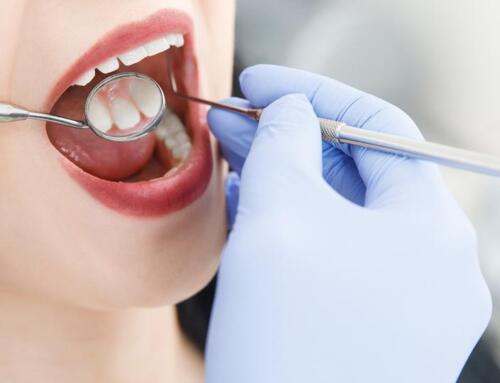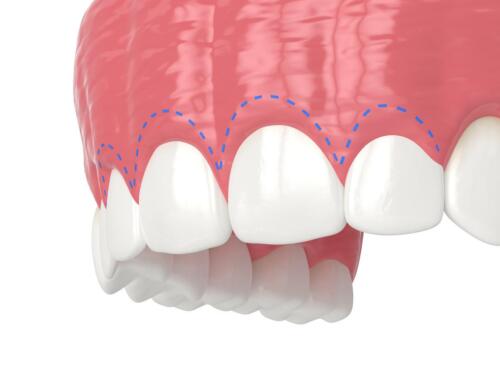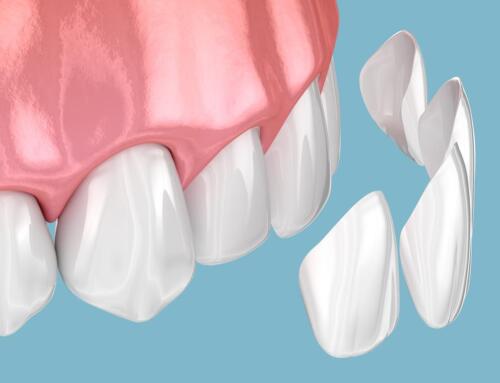Have you noticed your jaw clicking or popping jaw when you move your head or mouth certain ways? Jaw clicking is a common occurrence that many people experience.
If this happens to you, you could have TMD (temporomandibular disorder). We want you to know you aren’t alone, and we can fix it!
WHAT IS TMD?
MD is temporomandibular disorder. This means the TMJ – temporomandibular joint – or the hinge connecting the upper and lower jaw, isn’t working properly. This hinge is one of the most complex joints in the body, responsible for moving the lower jaw forward, backward, and side-to-side. Any problem that prevents this complex system of muscles, ligaments, discs, and bones from working as it should is called TMJ. Often, TMJ feels like your jaw is popping or clicking jaw or even “getting stuck” for a moment. The exact cause of this misalignment is often impossible to determine.
WHAT ARE THE SYMPTOMS OF TMD?
TMJ disorders have many signs and symptoms. It’s often hard to know for sure if you have TMD, because one or all of these symptoms can also be present for other problems. Your dentist can help make a proper diagnosis by taking a complete medical and dental history, conducting a physical examination and taking appropriate X-rays. Some of the most common TMD symptoms include:
- Headaches (often mimicking migraines), earaches, and pain and pressure behind the eyes
- A clicking jaw or popping jaw sound when you open or close your mouth
- Pain brought on by yawning, opening the mouth widely, or chewing
- Jaws that “get stuck,” lock, or go out
- Tenderness of the jaw muscles
- A sudden change in the way the upper and lower teeth fit together
HOW IS TMJ TREATED?
While there is no single cure for TMD, there are different treatments you can follow that may reduce stress and dramatically reduce your symptoms. Your dentist may recommend one or more of the following:
- Trying to eliminate muscle spasm and pain by applying moist heat or taking prescription medication such as muscle-relaxants, aspirin, or other over-the-counter pain-relievers, or anti-inflammatory drugs
- Reducing the harmful effects of clenching and grinding by wearing an appliance, sometimes called a bite plate or splint. Custom-made to fit your mouth, the appliance slips over the upper teeth and keeps them from grinding against the lower teeth. Teeth grinding can often be relieved by this method.
- Learning relaxation techniques to help control muscle tension in the jaw. Your dentist may suggest you seek training or counseling to help eliminate stress and anxiety
- When the jaw joints are affected and other treatments have been unsuccessful, jaw joint surgery may be recommended. You may also need to consider physical therapy from a trained physical therapist to help manage the condition more effectively.
TMJ THERAPY AT IMAGINE DENTISTRY AT THE ARBORETUM
At Imagine Dentistry, we treat patients who have experienced pain in the jaw joint, headaches, neck pain, orofacial pain, teeth sensitivity, and more due to TMD. We also help with muscle knots that develop as a result of jaw tension. Eating softer foods is one of the recommendations we often give to patients experiencing jaw discomfort.
Dr. Coambs has completed advanced training to treat TMD through Occlusal Equilibration (bite balancing) and splint therapy. If you are experiencing symptoms like jaw popping, sinus infections, or tension in the jaw area, be sure to consult your healthcare provider about seeking the right treatment. A physical therapist can also be a helpful part of your healing process.
Frequently Asked Questions
TMJ disorder, also known as temporomandibular joint disorder, affects the jaw joint, leading to discomfort and dysfunction. The condition can be caused by various factors, including jaw misalignment, arthritis, or injury to the jaw. Symptoms often include jaw locking, clicking jaw, headaches, and earaches. TMJ pain is common, and it can be triggered by clenching or grinding the teeth. In some cases, other symptoms like sleep apnea and neck pain may also occur due to the joint’s dysfunction.
TMD (temporomandibular disorder) symptoms can vary but commonly include jaw locking, a clicking jaw, frequent headaches, and jaw pain, especially when yawning or chewing. Other symptoms include earaches, tenderness in the jaw muscles, and a sudden change in the bite. These symptoms may also resemble those of other conditions, such as rheumatoid arthritis or sleep apnea. Diagnosis is often confirmed through a thorough dental and medical examination by a qualified dentist.
Treatment options for TMD range from conservative measures to more advanced interventions. Common approaches include using a bite plate or splint to reduce jaw clenching, taking anti-inflammatory medications for pain relief, and applying moist heat to the affected area. Jaw exercises can help reduce tension, while orthodontic treatment may be necessary if misalignment is a factor. In severe cases, medical treatment such as surgery might be considered if other therapies do not provide relief.
Yes, sleep apnea can be linked to TMJ disorder, as both conditions involve the muscles and joints of the jaw. People with TMD may experience jaw locking or pain that affects their ability to sleep properly, potentially leading to sleep apnea symptoms like snoring and difficulty breathing during sleep. The two conditions can exacerbate each other, making diagnosis and treatment more complex. Managing both conditions may involve jaw exercises, dental appliances, and medical treatment.
Rheumatoid arthritis (RA) can contribute to the development of TMJ disorder, as this autoimmune condition causes inflammation in the joints, including the temporomandibular joint. RA can lead to symptoms like jaw pain, clicking, and locking, similar to those of TMD. In severe cases, the condition can cause permanent joint damage. Treatment for both rheumatoid arthritis and TMJ disorder often includes pain relief medication, jaw exercises, and medical treatment to reduce inflammation and prevent further joint damage.











